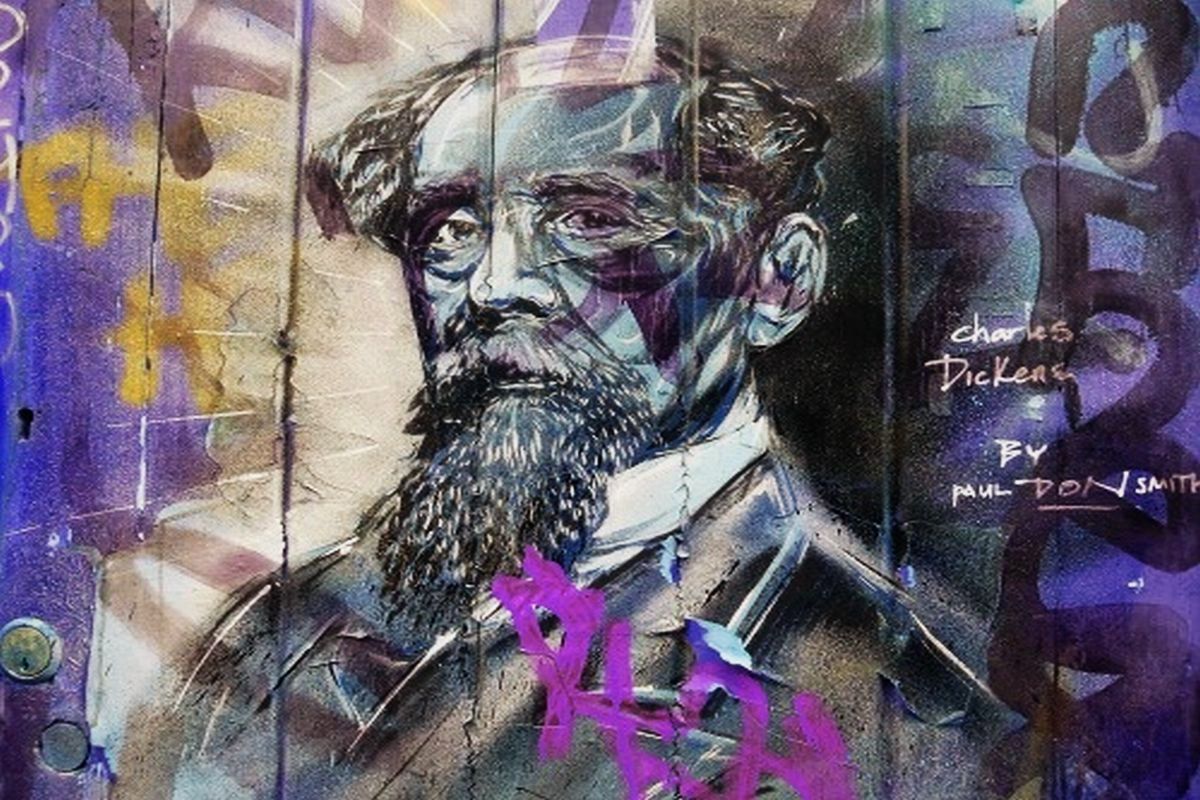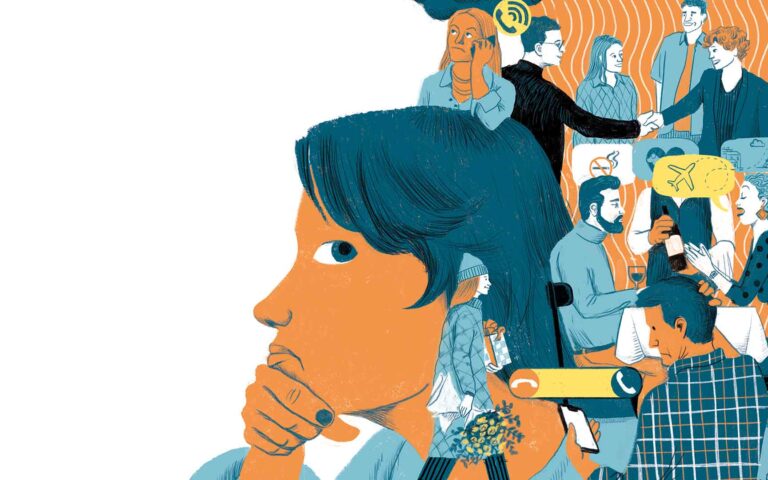Lloyd Emeka (PhD Student, St Mary’s University) with a review of the British Psychological Society’s Division of Sport and Exercise Annual Conference.
05 February 2024
It’s a cold late November morning in Edinburgh. There is a distinct chill in the air whilst walking to the conference venue, soon replaced with the warmth of seeing colleagues and friends. We share our sense of excitement for the next two days, talks that we plan to attend and discuss our thoughts about the conference theme ‘The good, the bad and the ugly: reflection and learnings from applied practice and academia’.
As delegates entered the main session room and looked forward to hearing from the first keynote speaker, we were reminded of the key conference values (insight, honesty, integrity, celebration, openness, and collaboration) which helped to set the tone for the two days ahead.
There were in the region of 50 oral presentations, five keynote speakers, several workshops, symposiums, and 26 poster presentations. The purpose of this review is to outline key highlights from the sessions that I attended, with a structure in keeping with the conference theme…
The good
Reframing success within sport
Success within sport has typically been viewed through the lens of performance and winning medals at elite level. In recent times, there has started to be a shift in how success is defined with less emphasis on binary concepts (i.e. win-loss) and the significance of context which can shape athletes’ experiences and perceptions of success. This was a key element of Dr Cath Bishop’s presentation which led to some further reflections. How can Sport Psychologists and Coaches support athletes (at all levels) in their framing of success, and challenge pervasive narratives where medalists are lauded more frequently in comparison to non-medalists? Whilst some progress is being made with changing the narrative, there is still a long way to go.
Initiating culture change within and across systems
In recent years, Sport Psychologists are increasingly helping to create culture change within organisations, and this was a recurrent theme that emerged across various presentations at the conference. Although 1:1 consultation with athletes remains the ‘bread and butter’ of applied practice, hearing examples of culture change work being undertaken by Sport Psychologists was a good reminder of how the profession is continuing to evolve and the various complexities that arise when operating at a systems level.
Developing awareness and knowledge of the motherhood journey in elite sport
During day two of the conference, there was an excellent symposium ‘Movement, mind, and motherhood: The role of Sport Psychology in the maternity journey’ which illustrated female athletes’ experiences during different stages of pregnancy and post-partum. It was insightful to hear about the work that was being undertaken by Sport Psychologists to support women during their pregnancy and post-partum to continue with physical activity. Some of the challenges within the elite sport environment (i.e. lack of gender-specific policies) were also discussed which demonstrated that there is still significant progress required to create an optimal environment for elite female athletes. As a male person, I learnt a lot from the symposium, and it helped to improve my understanding of sport through the lens of motherhood. On a slightly separate note, there was very limited male attendance at the symposium – disappointing, as this subject area should be of importance to everyone.
The future of Applied Exercise Psychology
The keynote talk by Dr Paula Watson and Dr Lynne Johnston raised some excellent points about the future of Applied Exercise Psychology that warrants further debate and discussion:The number of applied exercise psychologists is growing but still very low (in comparison to sport psychologists).
Most exercise psychology trainees are being supervised by people who have never worked in exercise psychology.
Could we have a future where exercise psychologists are employed by the NHS?
The need for more practice-based evidence in exercise psychology.
Exercise psychologists should go through therapy as part of their training and throughout their careers.
I came away from the talk with some key reflections (1) Exercise psychology has an important role to play within society but there is a need to continue educating people about the role and exercise psychology/ists – what it is and what it isn’t. (2) I would argue that Sport Psychologists should also have to go through therapy as a mandatory part of their training as this would help to equip them with vital skills for applied practice work. (3) It was enlightening and concerning that most exercise psychology supervisees have not worked in exercise psychology before – how can we reverse this trend in future? (4) There is a need and opportunity for Exercise Psychologists to work with specialists from a broad range of disciplines to further develop the field from a research and practice perspective. Progress won’t be achieved through working in silos.
Aligning personal and professional identity within applied practice
Another highlight was the ‘navigating critical moments in practice’ workshop by Dr Jo Batey and Sarah Murray. They discussed some of the challenges that can arise from misaligned identities within applied practice. This was framed within the context of the individuation process whereby feeling individuated means experiencing a unity between personal & professional selves and the working environment and being able to work in authentic and congruent ways.
The concept of critical moments was introduced, referring to when your values as a practitioner are being challenged within the system you are operating in. Whilst this could be construed negatively, it presented an opportunity for the speakers to develop self-awareness in understanding their values and where/when they are prepared to adopt some compromise.
It was beneficial to hear experienced practitioners candidly share some of the critical moments they have faced during their career, the challenges and how they have managed them thus far. The speakers illustrated that critical moments can arise at any stage of your career, and it is vitally important to have a peer support group/mentor/ally that you can turn to for support and advice.
The enthusiasm and engagement of delegates at the conference
Whilst not specifically related to any of the subject areas covered during the conference, it is worth mentioning that seeing delegates embrace the conference values, providing support and genuine appreciation to the presenters was a positive aspect of the conference. The friendly atmosphere and community spirit helped to create a sense of belonging.
The bad
Pervasive scepticisms about Sport Psychology/ists
Drew Wallace shared some experiences of working in team sport and a key lesson was that some players and coaches are still sceptical about Sport Psychology. Although this issue has existed for several years, it was disappointing to hear that there is still more work to be done in this area. Considering this point from a wider lens, we have continued to witness examples of organisations recruiting Sport Psychologists for no or low pay. Does this problem stem partly from scepticism about the value of Sport Psychology and how can we work collectively to address this problem? There is some work being done already within the profession to tackle this problem, but it remains a big challenge nonetheless.
Determining how the success of a Sport Psychologist is measured
Dr Alex Oliver shared some of his reflections on the challenges faced from a student-centred pedagogical approach to an athlete-centred practitioner approach. One of the final points in his talk was about the measurement of success against KPI’s in an academy football environment. The short-term focus of delivery against KPI’s can be incongruent with the nature of Sport Psychology work where change might occur over a longer period of time. Finding the balance between short-, medium- and long-term measures of success within a role can be challenging and particularly the case for trainees/early career practitioners. This is an area where supervisors and mentors can provide support with how to approach conversations about setting goals and measures of success within the workplace.
The ugly
Psychologically unsafe dance environments
Dr Grace Tidmarsh discussed some of the factors that contribute to psychologically unsafe dance environments (i.e., emotional abuse, demand for perfectionism, power imbalance). In parallel, there has also been a high prevalence of mental illness amongst dancers which Is partly due to precarity, limited availability and high competition for work in dance environments.
Whilst listening to the presentation, it struck me that some of the themes were similar to various sports, and an over-arching message was the need for culture change. Sport Psychologists can have an important role with providing support to dancers and creating culture change.
I had a fantastic two days at the DSEP annual conference and felt inspired from the sessions that I was able to attend. As I embarked on my journey back to London, I considered myself as fortunate to be a part of the DSEP community. For anyone who is considering attending the DSEP conference for the first time, I would highly recommend registering for the next conference later this year.
SOURCE:
https://www.bps.org.uk/psychologist/good-bad-and-ugly-sport-and-exercise-psychology(accessed 29.2.24)








 Day-to-day — Neurodivergent employees identified their biggest day-to-day challenges as managing workload (46%), looking after their well-being (44%), having long meetings without breaks (43%) and time management (38%).
Day-to-day — Neurodivergent employees identified their biggest day-to-day challenges as managing workload (46%), looking after their well-being (44%), having long meetings without breaks (43%) and time management (38%). Career transitions — A smaller proportion of neurodivergent employees had been promoted (42%), compared to 56% of neurotypical employees.
Career transitions — A smaller proportion of neurodivergent employees had been promoted (42%), compared to 56% of neurotypical employees.

